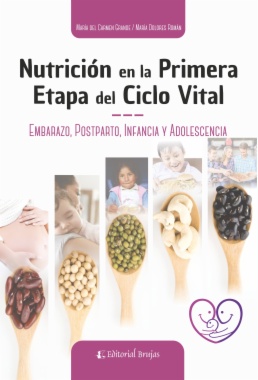
Estás filtrando por
Se encontraron 731 resultados en recursos

Esta publicación es una producción conjunta de docentes, investigadores e investigadoras, y profesionales especializados/as en el estudio de los períodos que constituyen la primera etapa del ciclo vital: embarazo, postparto, primera y segunda infancia y adolescencia. Etapas particularmente importantes en el desarrollo del ser humano donde la nutrición y la alimentación tiene un rol potenciador del material genético de cada individuo favoreciendo su crecimiento y desarrollo con implicancias a corto, mediano y largo plazo. El presente texto aporta información significativa a profesionales y...
Fuente:
Digitalia
Formatos de contenido:
Libros
Compartir este contenido
Nutrición en la primera etapa del ciclo vital
Copia el enlace o compártelo en redes sociales

El renacer de una ilusión
Esta obra, publicada en dos tomos, abarca desde abril de 1969 hasta junio de 2019, construye un relato que entreteje los sucesos más relevantes de la historia colombiana e internacional, con la historia de las políticas de salud y de la educación médica, para comprender los procesos internos de la Facultad de manera crítica e integral. Para contar esta historia se establecieron dos grandes periodos, además de los antecedentes de 1965 a 1969. El primer periodo (Tomo I), se inició en 1969. El segundo período (Tomo II) inició en 2000, cuando se terminó el contrato entre la Universidad del Rosario y la...
Fuente:
Digitalia
Formatos de contenido:
Libros
Compartir este contenido
El renacer de una ilusión
Copia el enlace o compártelo en redes sociales

¡Cámbialo todo! Reactiva tu cuerpo, tu mente y tu espíritu
El señor Azul y el señor Amarillo delimitan cada uno su espacio y se miran con desconfianza. Así comienzan sus desavenencias y conflictos hasta que aparecen sus hijos quienes cambiarán el rumbo de la historia. Libro ganador del premio a la Edición 2011, Cám. Chilena del Libro y de mención en la Lista de Honor IBBY 2012.
Fuente:
Make Make
Formatos de contenido:
Libros
Compartir este contenido
Érase una vez un espacio
Copia el enlace o compártelo en redes sociales
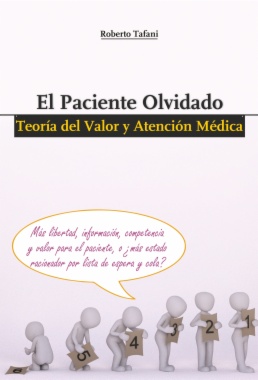
El paciente olvidado
A cierta edad, las personas hemos recibido todo tipo de atención médica. La decisión de dónde ir, y quien habría de atendernos, se ha basado en la confianza que nos daban nuestros prestadores. Nos respaldamos en su nombre conocido, su reputación o la de la institución en donde trabaja. Eso, si se tiene el privilegio de poder elegir. Para mucha gente, los prestadores son aquellos que les indican las cartillas cerradas de sus seguros médicos, y para otros, los que se atienden en el sector público, obtienen, lo que apenas puedan conseguir. En definitiva, nuestros prestadores son aquellos en quien...
Fuente:
Digitalia
Formatos de contenido:
Libros
Compartir este contenido
El paciente olvidado
Copia el enlace o compártelo en redes sociales

Incógnito
En su nuevo libro, brillante y provocativo, David Eagleman, un reconocido científico que trabaja en el campo de las neurociencias, navega por las profundidades del cerebro subconsciente para iluminar misterios soprendentes: ¿por qué nuestro pie avanza hacia el pedal del freno antes de que percibamos un peligro inminente? ¿Por qué nos damos cuenta de que alguien ha dicho nuestro nombre en una conversación que no estábamos escuchando? ¿Qué tienen en común Ulises y la contracción del crédito? ¿Por qué Thomas Alva Edison electrocutó un elefante en 1916? ¿Por qué las personas cuyo nombre comienza con «j» tienen mayores posibilidades de casarse con otras personas cuyo nombre también comienza con esta letra?
Fuente:
Digitalia
Formatos de contenido:
Libros
Compartir este contenido
Incógnito
Copia el enlace o compártelo en redes sociales
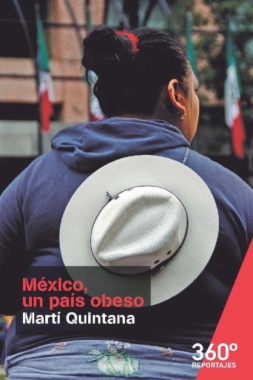
México, un país obeso
En México, siete de cada diez adultos y tres de cada diez niños tienen sobrepeso u obesidad, una enfermedad propia de países ricos que impacta gravemente en esta nación emergente y llena de desigualdades, donde el 46, 2% de la población es pobre. Son cifras que marean y esconden detrás una cruda verdad. El Estado no sabe qué hacer, ni destina los recursos suficientes para frenar el exceso de peso de este país de 120 millones de personas que es toda una golosina para las grandes compañías alimentarias. Sin ir más lejos, México ostenta récords como ser el primer país consumidor de productos Coca- Cola...
Fuente:
Digitalia
Formatos de contenido:
Libros
Compartir este contenido
México, un país obeso
Copia el enlace o compártelo en redes sociales

Érase una vez un espacio
El señor Azul y el señor Amarillo delimitan cada uno su espacio y se miran con desconfianza. Así comienzan sus desavenencias y conflictos hasta que aparecen sus hijos quienes cambiarán el rumbo de la historia. Libro ganador del premio a la Edición 2011, Cám. Chilena del Libro y de mención en la Lista de Honor IBBY 2012.
Fuente:
Make Make
Formatos de contenido:
Libros
Compartir este contenido
Érase una vez un espacio
Copia el enlace o compártelo en redes sociales
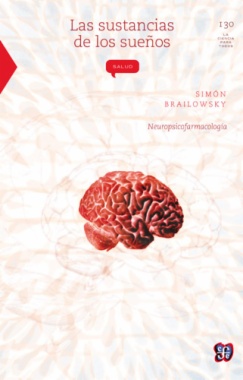
Las sustancias de los sueños
En las cinco partes de esta obra se examina la anatomía, la fisiología y la bioquímica del sistema nervioso; los principios generales de la acción farmacológica; los efectos de los neurofármacos y psicofármacos, las sustancias llamadas alucinógenas y el problema del abuso de drogas, incluyendo la dependencia. Al final se presenta un apéndice sobre las bases generales del tratamiento de intoxicaciones por neuropsicofármacos.
Fuente:
Digitalia
Formatos de contenido:
Libros
Compartir este contenido
Las sustancias de los sueños
Copia el enlace o compártelo en redes sociales
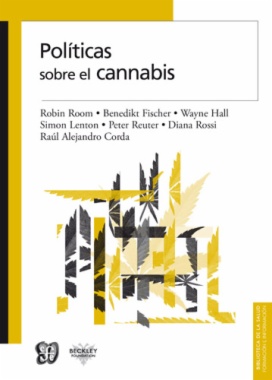
Políticas sobre el cannabis
El señor Azul y el señor Amarillo delimitan cada uno su espacio y se miran con desconfianza. Así comienzan sus desavenencias y conflictos hasta que aparecen sus hijos quienes cambiarán el rumbo de la historia. Libro ganador del premio a la Edición 2011, Cám. Chilena del Libro y de mención en la Lista de Honor IBBY 2012.
Fuente:
Make Make
Formatos de contenido:
Libros
Compartir este contenido
Érase una vez un espacio
Copia el enlace o compártelo en redes sociales
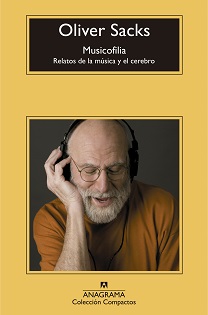
Musicofilia
Oliver Sacks examina la relación con la música de pacientes, gente corriente o músicos profesionales para arrojar una luz insólita sobre ese fenómeno. A través de anomalías como la «amusia» –o incapacidad para sentir la música–, el hipermusical síndrome de Williams –un extraño fenómeno de extrema sociabilidad–, las alucinaciones musicales o la música como inspiradora de auténtico terror, Sacks elabora un lúcido análisis de cómo la música es un factor clave para crear la identidad humana, ya sea de una manera patógena o como un agente positivo a la hora de tratar el Parkinson, la demencia, el síndrome de Tourette, la encefalitis o los ataques de lóbulo temporal.
Fuente:
Digitalia
Formatos de contenido:
Libros
Compartir este contenido
Musicofilia
Copia el enlace o compártelo en redes sociales
Selecciona las Colecciones en las que vas a añadir el contenido
Para consultar los contenidos añadidos busca la opción Tus colecciones en el menú principal o en Mi perfil.
